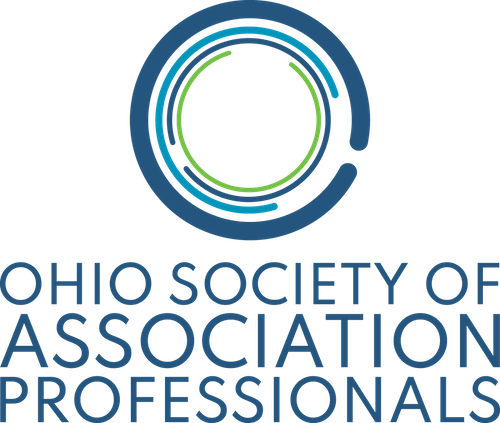Complete Story
08/08/2024
Civility in the Workplace
Employees who believe their workplace is uncivil are twice as likely to consider leaving
Sexual Harassment, gender inequality and discrimination are all issues that have been wrestled with in the workplace for decades. You would be hard-pressed to find a manager or HR professional who hasn’t learned about these issues, received some sort of training about what they are and strategies to help protect their organization against the damaging effects they can have. But another issue that can be just as damaging, yet not altogether clear on how to identify and address, is workplace civility. How do you differentiate workplace civility from harassment and discrimination? What risks does an organization have if it’s occurring in the workplace? And most importantly – how do you address it?
What Does Harassment and Discrimination Look Like?
In its simplest form, harassment is unwelcome conduct that is intimidating, hostile or abusive. It often interferes with an employee’s ability to work and becomes a condition of continued employment. Examples include racially derogatory jokes, comments or posters, or expressing negative stereotypes and more. Sexual harassment is unwelcome sexual advances, requests for sexual favors and sexually-related verbal and physical abuse.
Discrimination occurs when people are adversely treated because of a protected class, including race, religion, sex or gender, nationality, age, disability, genetics or any other defining characteristic. Examples include paying a higher salary to white employees over African American or Hispanic employees due to a person’s race, giving preferential treatment to males and less ideal work assignments to females due to a person’s sex or gender, or making assumptions and not hiring a disabled individual because of their disability – without first exploring whether they can do the essential functions of the job (acting on bias or stereotype instead of facts).
Please select this link to read the complete article from OSAP Member Clark Schaefer Strategic HR.






